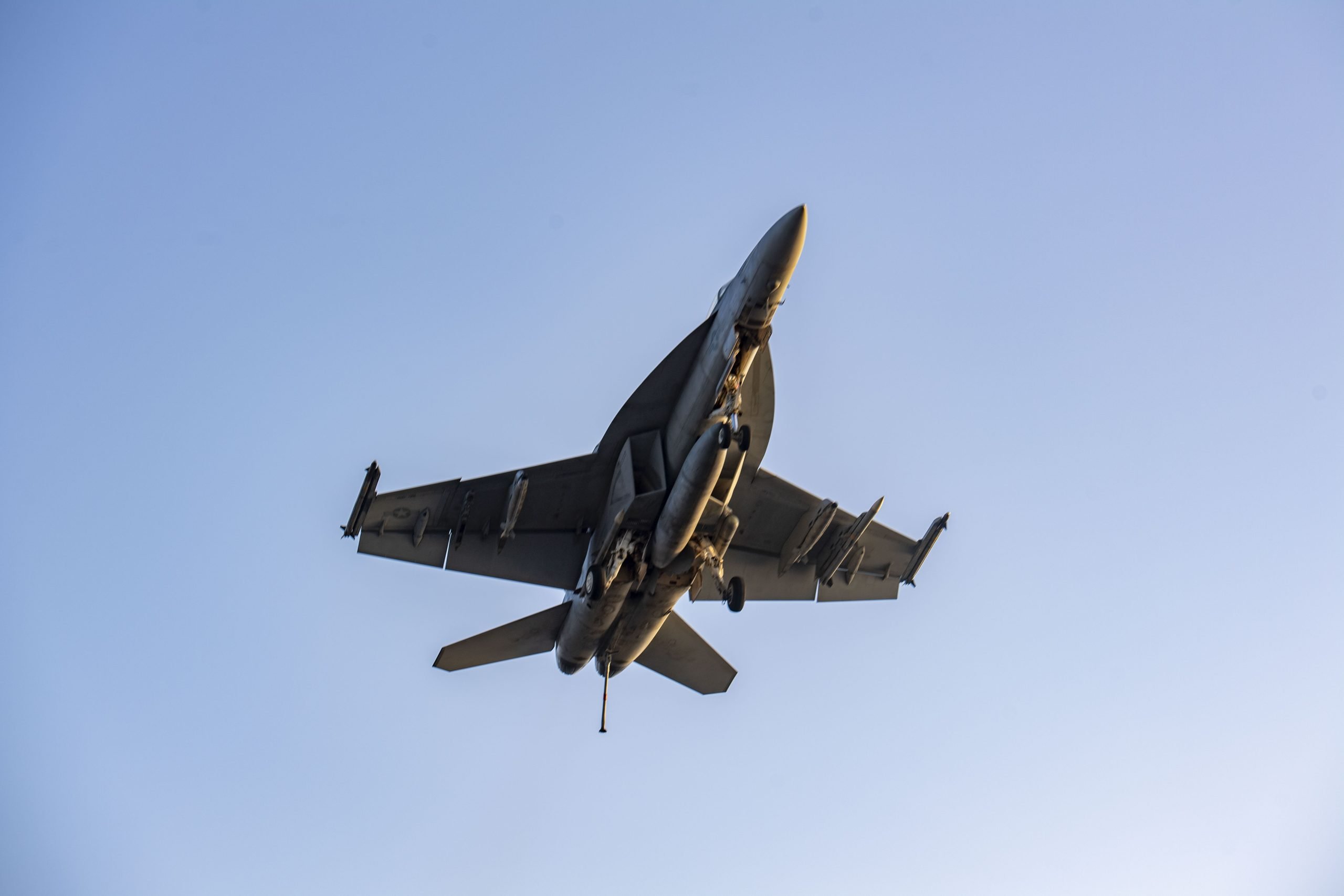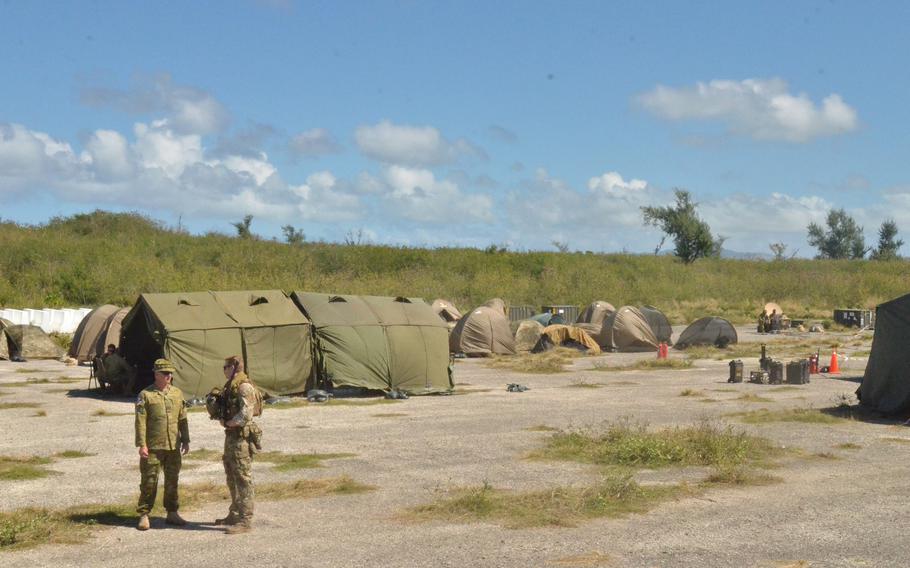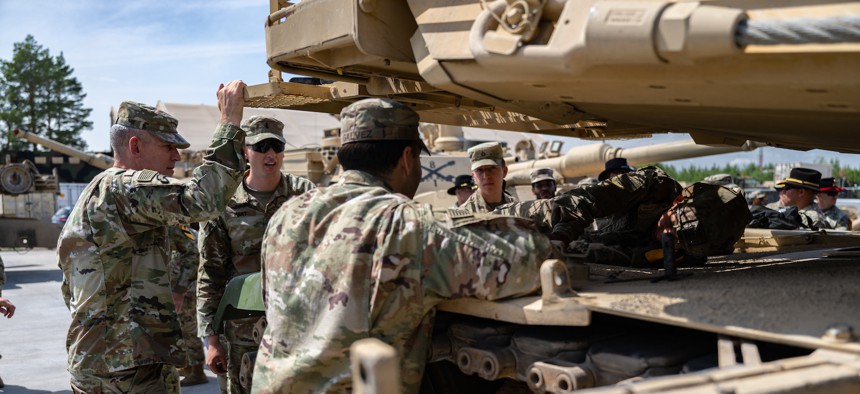Geoff Ziezulewicz
In 2023, the U.S. and the Philippines announced a historic pact that would open up several bases on the island archipelago nation to American forces for the first time in decades.
While the agreement does not allow the U.S. to permanently station troops in Philippine territory, several of the newly accessible bases abut the South China Sea to the north.
Plans are already underway to fortify the newly accessible bases.
The coming year will likely see Washington and Manila expand their cooperation and ready their respective navies to counter China’s assertions of ownership over parts of the South China Sea.
Old salts shouldn’t expect anything similar to the Navy’s former and massive presence at Subic Bay, which ended in 1992, but the new agreement marks a significant change forged largely out of maritime interests.
China and the Philippines, along with Vietnam, Malaysia, Brunei and Taiwan, have been locked in increasingly tense territorial disputes over the busy and resource-rich South China Sea. Washington lays no territorial claims to the strategically important waters but has deployed its warships and aircraft for patrols that it says promote freedom of navigation and the rule of law. In turn, that military presence has infuriated Beijing.
At the announcement of the new deal in February, Austin thanked Philippine President Ferdinand Marcos Jr., whom he briefly met in Manila, for allowing the U.S. military to broaden its presence in the Philippines — Washington’s oldest treaty ally in Asia.
“I have always said that it seems to me that the future of the Philippines and, for that matter, the Asia-Pacific will always have to involve the United States, simply because those partnerships are so strong,” Marcos told Austin.








:quality(70)/cloudfront-us-east-1.images.arcpublishing.com/archetype/ISGWAUYMJBASJPNEWG6RZ7EBHA.jpg)




:quality(70)/cloudfront-us-east-1.images.arcpublishing.com/archetype/KUQ3Y4PTOJGJ3NRXVNWCXOBCJA.jpg)






